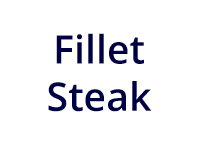

Look at the images and discuss with your classmates which item you think is the odd one out. Select your answer to see if you are correct.

Boiling is the transfer of heat to food that is completely covered in liquid at boiling point. This could be water, milk or a seasoned stock.
The liquid is at boiling point when lots of bubbles appear in the liquid.
The hob should be set at the highest setting. Food can be placed into the boiling liquid to cook, or food can be placed into cold liquid and brought to the boil.
Starchy foods such as noodles or rice are most suitable for boiling. Due to their tougher texture, root vegetables like potato and carrots are also good for boiling. Delicate foods like fish are not recommended for boiling as they will fall apart.
A variety of equipment can be used to boil (stockpots, saucepans, bratt pans). Saucepans should have a plastic handle to avoid heat transfer. Saucepan handles should always be turned inwards to prevent accidents.
For each text/image set click on one of them to identify the odd one out. If you are having difficulty select the ‘check answer’ button. Use the pen tool to write a reason why it’s the odd one out.
Fish is the odd one out because it’s the only food not suitable for boiling.


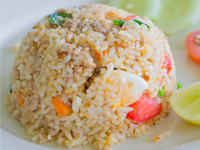

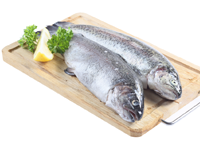

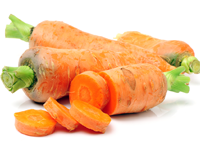


Simmering is the transfer of heat to food that is completely covered in liquid just below boiling point. This could be water, milk or a seasoned stock.
Liquid is placed in a pan and either maintained at a heat where gentle bubbles are visible, or brought to the boil first and then turned down until gentle bubbles rise slowly to the surface.
Simmering is an excellent choice of cooking method for foods such as stocks and soups, starchy items such as pasta and potatoes and many others.
A variety of equipment can be used to simmer (stockpots, saucepans, bratt pans, casserole dishes). Saucepans should have a plastic handle to avoid heat transfer.
For each text/image set click on one of them to identify the odd one out. If you are having difficulty select the ‘check answer’ button. Use the pen tool to write a reason why it’s the odd one out.
The grater is the odd one out because all the other equipment is suitable to use when simmering food.
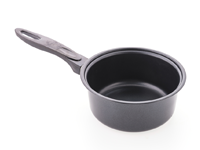

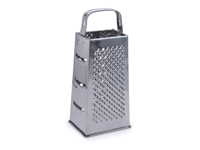

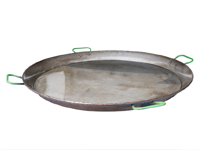

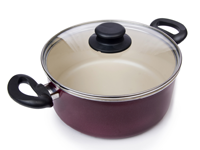


Poaching is cooking food either partially or completely covered by a liquid which is brought to, and maintained at, a temperature where there are no bubbles in the liquid.
There are two methods of poaching, deep and shallow. Shallow poaching involves cooking food in a minimum amount of liquid. Deep poaching involves covering the food completely with the cooking liquid.
Delicate foods such as soft fruits, fish and chicken are all suitable for poaching. The poaching liquid contributes to the flavour of the food.
Various equipment can be used to poach food. These include saucepans, brat pans, frying pans and fish kettles. Poaching is usually done on the hob.
For each text/image set click on one of them to identify the odd one out. If you are having difficulty select the ‘check answer’ button. Use the pen tool to write a reason why it’s the odd one out.
The oil is the odd one out as all the other liquids are suitable for poaching foods in.


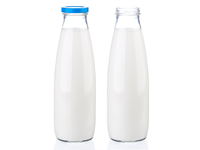

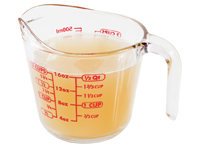



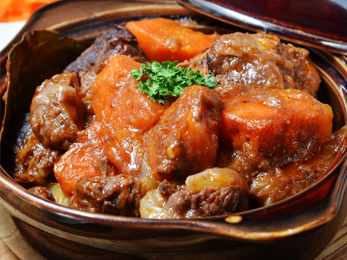
Bite sized pieces of food are cooked slowly in a minimum amount of liquid, water, stock or sauce. The food and the cooking liquid are served together.
Stews can either be cooked in a covered pan on the hob or in a covered pan/dish in the oven over a long period of time.
Stews usually contain a mixture of meat (lamb, beef, pork) or fish or poultry and vegetables (potatoes, carrots, onions). Tough cuts of meat are tenderised through the stewing process.
Stews can be cooked in a saucepan or a casserole dish. A tight-fitting lid is important to prevent the liquid from evaporating when cooking.
For each text/image set click on one of them to identify the odd one out. If you are having difficulty select the ‘check answer’ button. Use the pen tool to write a reason why its the odd one out.
The egg is the odd one out because all the other foods are suitable for stewing.
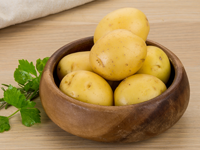

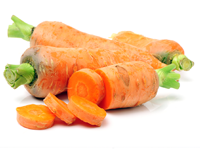

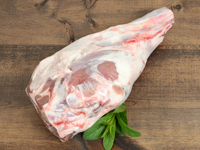

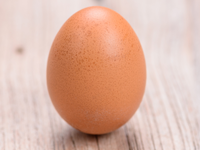

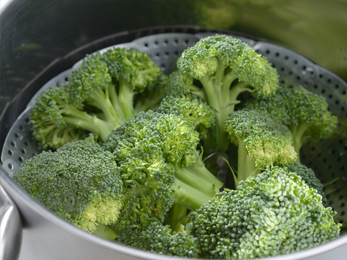
Steaming is cooking food in an environment where the surrounding air has high moisture content. It is considered a healthy cooking technique because it’s quick and the food retains its nutrients.
No fats or oil are needed when steaming food. Liquid is placed in the bottom chamber of the appliance and brought to the boil. The steam rises into the upper chambers through holes and cooks the food that has been placed in them.
Most foods are suitable for steaming. Vegetables, fish and rice are some of the most popular foods that are steamed. The food retains its colour, flavour and nutritive value when steamed.
Electric, bamboo, stovetop and microwave steamers are different types of steamers and use the same method to cook the food, however electric and microwave steamers are the quickest.
For each text/image set click on one of them to identify the odd one out. If you are having difficulty select the ‘check answer’ button. Use the pen tool to write a reason why it’s the odd one out.
The cooker is the odd one out because all the other pieces of equipment are steamers.
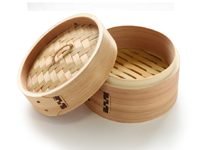

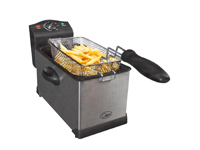



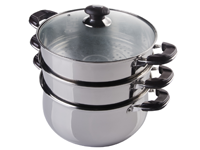

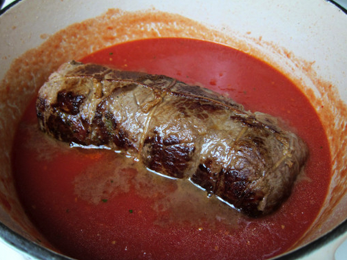
Large or whole pieces of food are cooked slowly in an appropriate amount of liquid, water, stock or sauce. The food and the cooking liquid are usually served together.
There are two main methods of braising. Brown Braising where the food is browned beforehand and White Braising where the food is blanched and refreshed before being placed in a dish with a tight-fitting lid and cooked in the oven for a long period of time.
Meat that is too tough to roast is usually cooked by braising. A mixture of vegetables are also used. The slow process tenderises the meat.
Thick bottomed pans or ovenproof dishes with a tight fitting lid are needed to braise food. The lid prevents the liquid from evaporating when cooking. Bratt pans and jacket boilers are sometimes used.
For each text/image set click on one of them to identify the odd one out. If you are having difficulty select the ‘check answer’ button. Use the pen tool to write a reason why it’s the odd one out.
Fillet steak is the odd one out as it is not a suitable food to braise because it is a tender cut of meat.
